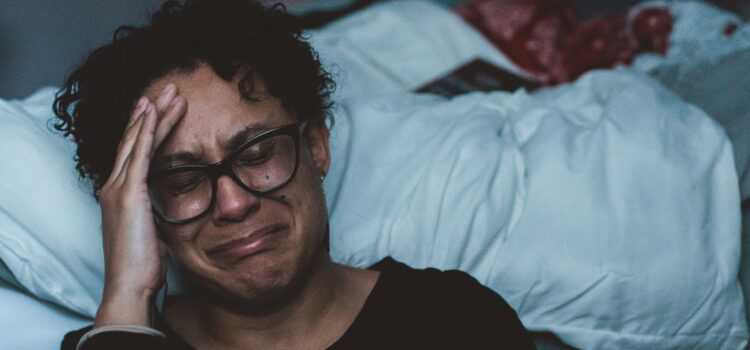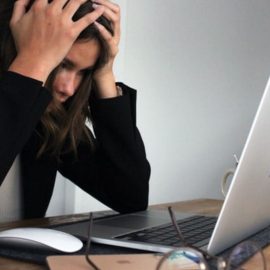

This article is an excerpt from the Shortform book guide to "Lost Connections" by Johann Hari. Shortform has the world's best summaries and analyses of books you should be reading.
Like this article? Sign up for a free trial here .
What is the premise of the biopsychosocial model for depression? How has the biopsychosocial approach affected the chemical imbalance theory of depression?
The biopsychosocial model for depression dispels the perception of depression as a brain disease and instead recognizes biology, psychological history, and social factors as the root causes of depression. The biopsychosocial approach has been adopted by most psychiatrists at the expense of the chemical imbalance theory.
Read on to learn more about the biopsychosocial model for depression.
What Is the Biopsychosocial Model for Depression?
In contrast to the cultural idea of depression as a brain disease, most experts today look at depression through the lens of the biopsychosocial model for depression. As previously noted, this view recognizes three root causes of depression: biology, psychological history, and social factors.
George Brown’s Depression Study
One of the first proponents of the biopsychosocial model for depression was an anthropologist named George Brown. In the 1970s, Brown and his team conducted one of the first longitudinal studies looking at the psychological and social predictors of depression. They repeatedly interviewed hundreds of women in their homes (114 of whom had a formal diagnosis of depression, and 344 of whom had no diagnosis and served as a control group). These interviews looked for three things: severe losses or traumatic events in the previous year; chronic stressors (like an unsatisfying marriage or living in a violent neighborhood); and “stabilizers,” or positive relationships that counterbalance those negative events.
The idea was that if depression was truly a random brain malfunction that could strike anyone at any time, there should be no correlation between life experience and a diagnosis of depression; in other words, the women with depression would be just as likely as women without depression to have experienced trauma or chronic stress in the last year. To illustrate this, think of depression as a meteor falling from the sky—whether or not someone experienced trauma in the year before being hit by a meteor wouldn’t make any difference to the chances of the meteor strike occurring, because the event is truly random.
But Brown’s study showed that depression is nothing like a meteor. The results showed a clear distinction between the women with depression and the control group: Only 20% of the women in the control group had experienced a traumatic event in the previous year, compared to 68% of the depressed group. Women with depression were also three times more likely to have chronic stressors in their lives compared to women who weren’t depressed. However, stabilizers can make all the difference: Having a supportive partner and a tight network of close friends significantly reduces the risk of depression, even after serious trauma or stress.
These effects are both cumulative and exponential: If you experience a negative event or a chronic stressor, it increases your likelihood of becoming depressed a little bit; but if you experience both, your risk of depression skyrockets (unless you have a strong network of social support). Other researchers have replicated this study in different cultures and locations with similar results.
Before the widespread acceptance of the biopsychosocial approach, psychiatrists classified depression as either “reactive” (developing in response to a traumatic event) or “endogenous” (developing without any obvious trauma). Brown’s study included women with both these diagnoses, but the results showed that in reality, none of the women in the study had truly endogenous depression—they all had some sort of stressful life event that preceded their diagnosis. Today, most psychiatrists embrace the biopsychosocial model for depression and agree that endogenous depression is a myth, and even those who believe it exists are quick to say that truly endogenous depression is exceedingly rare (estimated anywhere from 1% to 5% of all depression cases).

———End of Preview———
Like what you just read? Read the rest of the world's best book summary and analysis of Johann Hari's "Lost Connections" at Shortform .
Here's what you'll find in our full Lost Connections summary :
- The psychological and social factors that contribute to mental illness
- The history of antidepressants and the science behind them
- Why Amish people hardly ever get depressed






